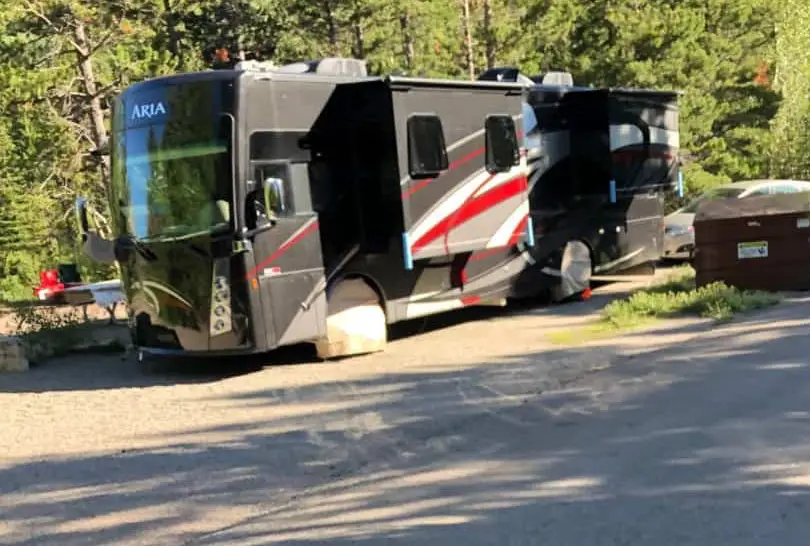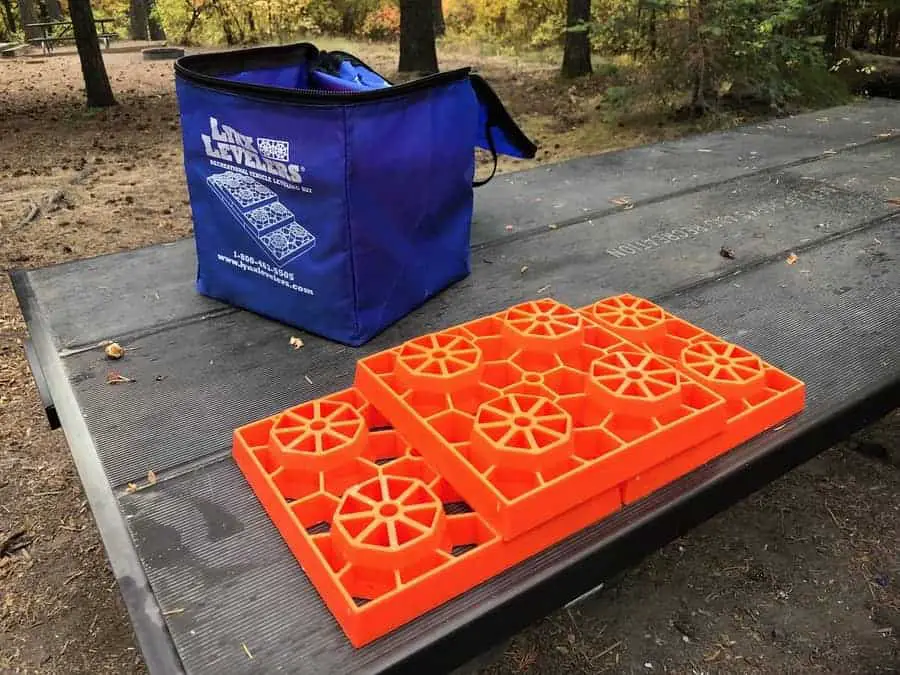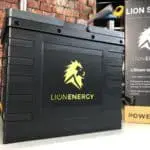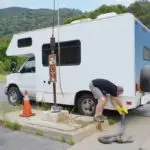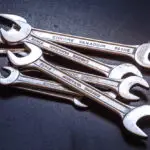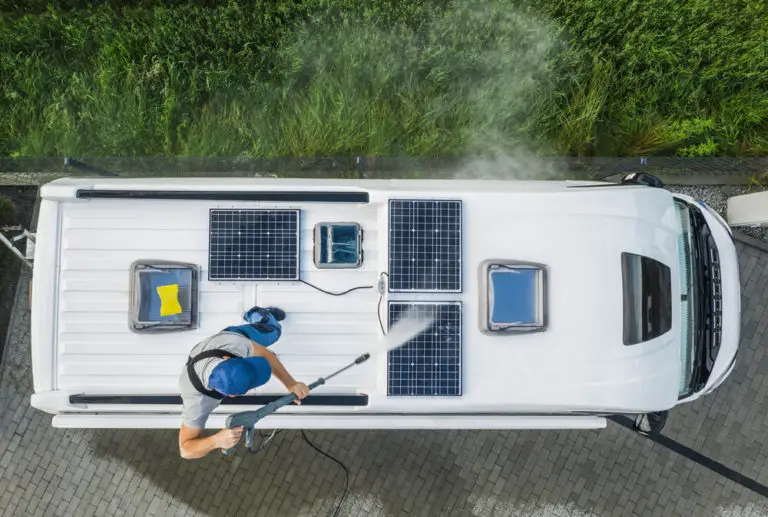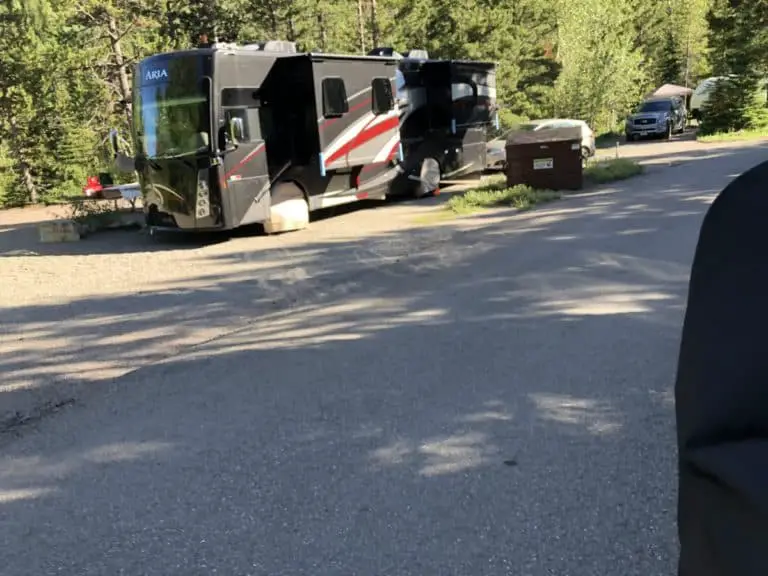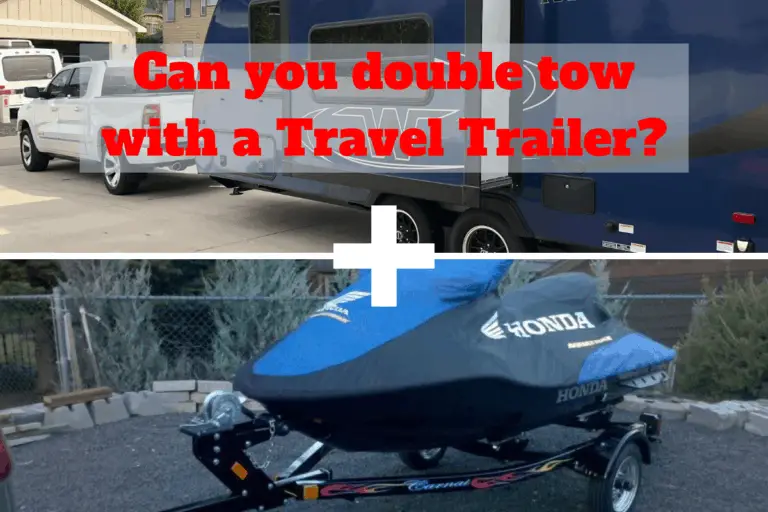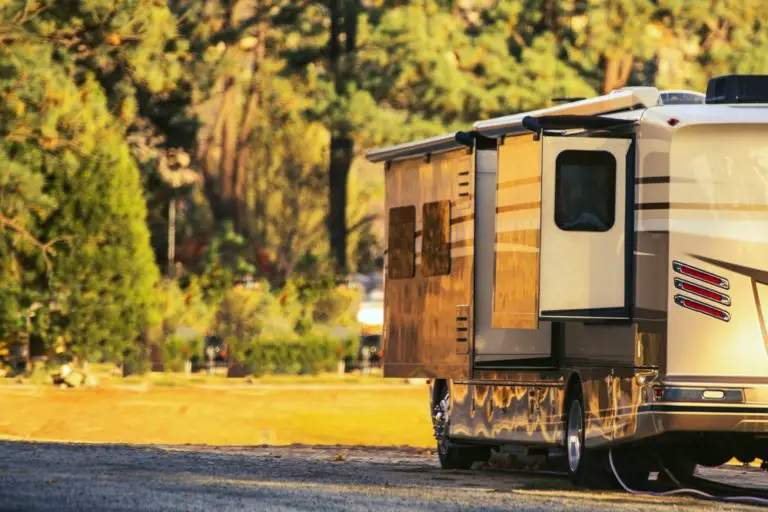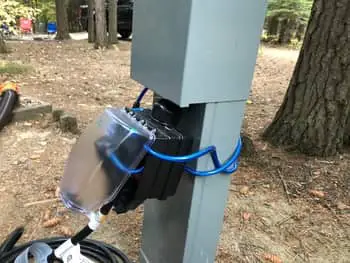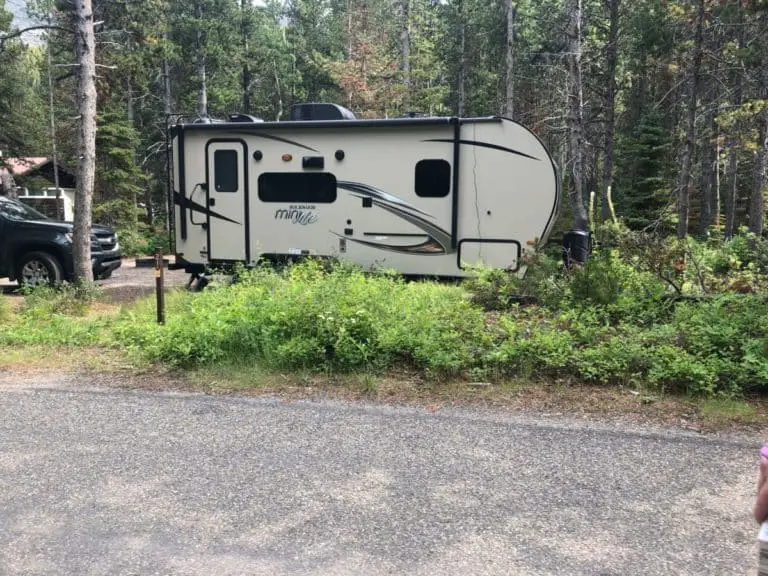How to Skirt Your RV in the Winter and Why You Need it?
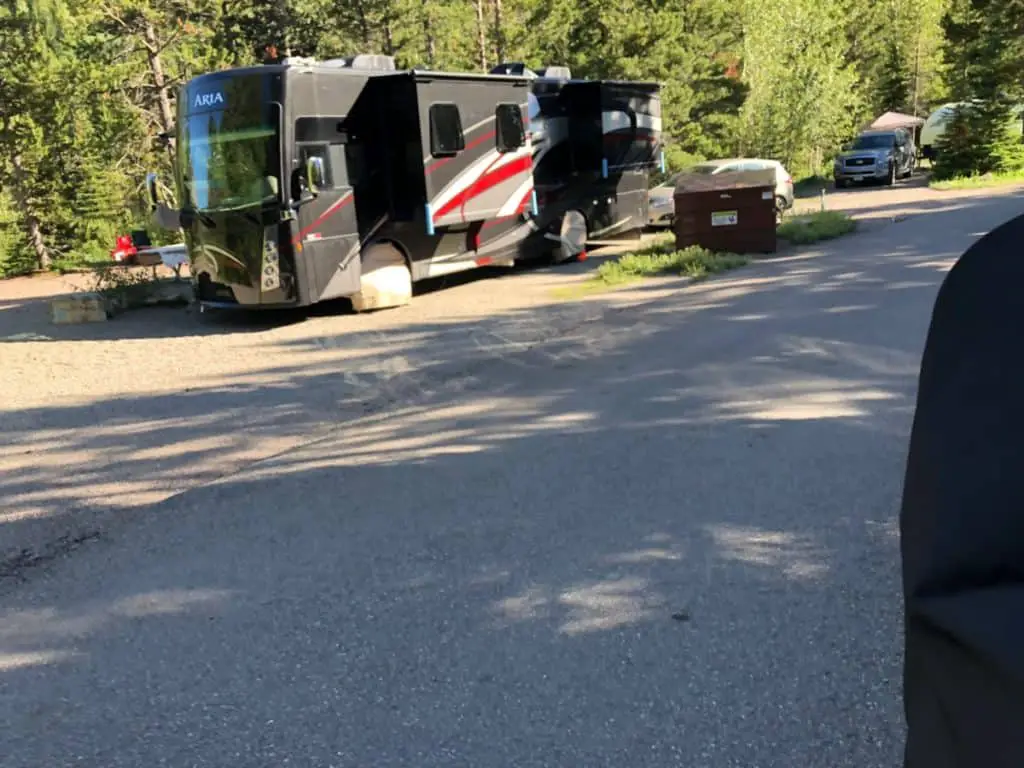
Everyone is familiar with the concept of winterizing things such as vehicles and boats. However, you may be wondering what exactly you need to do to keep your RV warm and protected during the winter months. Skirting your RV is a method that will not only help you stay warm inside your RV, but it will also protect the pipes and other elements of the vehicle from damage.
How to skirt your RV in the winter and why you need to do it? You can skirt your RV using a few different types of materials, including vinyl, plywood, foam insulation, tarps, or even snow. The primary purpose of skirting your RV is to keep heat inside the vehicle so you can stay warm. This process is also useful for keeping animals out and preventing pipes from freezing.
Let’s take a more in-depth look at what skirting your vehicle entails. Then we’ll cover the benefits and drawbacks of different skirting materials, and why it is crucial to skirt your RV in the winter.
What is skirting your RV?
Skirting your RV is the process of placing a material around the bottom of your vehicle to protect it from low temperatures. Simply choose the material you prefer to use, cut it into the right shape to fit around the bottom of your vehicle, and affix it with a material that works well with your skirting.
The goal of skirting your RV is to make sure you have a good seal around the bottom of your vehicle. This will prevent cold air and other elements from entering the bottom of your RV. Read below to get an idea of the types of materials you can use to skirt your RV.
What materials can I use to skirt my RV?
There are several materials you can use to skirt your RV. Each of these materials has its own set of benefits and drawbacks. Let’s take a look at each of these so you can make an informed decision about which materials you would like to use.
Vinyl
You can buy a vinyl skirting material that snaps around the bottom of your RV. The material is durable and is generally a good option for skirting your RV.
- Advantages: A big advantage of choosing vinyl skirting is that you can reuse it year after year. This eliminates the cost and hassle of having to buy new skirting material each year. The vinyl attaches to your vehicle with snaps, so you don’t have to spend time cutting and attaching the material by hand. Vinyl also folds and stores easier than other materials.
- Disadvantages: Vinyl skirting material is more expensive than other materials you can use for this process. It is also heavy and takes up quite a bit of space, so it may not be convenient if you are low on storage.
- Tips for this material: This material will not require additional tools, as it will usually come with all of the features inside its packaging. Follow the instructions that come with your vinyl RV skirt, and you’ll be good to go.
Plywood
This material involves more of a DIY process, but the result is quite effective. Plus, wood is one of the more eco-friendly options on this list, so it is great for the green-minded camper!
- Advantages: This product is eco-friendly in the sense that it comes from a natural and renewable resource. It will eventually biodegrade, which is definitely an advantage over the other options. Plywood is also less expensive than a vinyl skirt, yet still insulates the RV well.
- Disadvantages: As a DIY option, plywood is more difficult to manage than Styrofoam, and also more expensive. You will need a saw to cut the plywood down to the shape you need, making it a bit trickier to apply than foam or vinyl skirting.
- Tips for this material: After purchasing the plywood, you will need to measure the size you need and use a saw to cut the wood down to fit the bottom of the RV. Slightly overlap the pieces of plywood and connect them by screwing a screw into the overlapped area.
Foam Insulation
Foam insulation is a great DIY alternative to plywood. You can install this type of skirting with a bit less hassle, making it a great choice for your winter needs.
- Advantages: Foam material is easier to cut and handle than plywood. You won’t need any tool other than a knife to cut the foam down to the size you need. It is also one of the most lightweight options, and one of the most affordable. Foam also provides a stated R-value for its insulation properties whereas the others don’t.
- Disadvantages: Styrofoam is not an eco-friendly material. This may be something to consider for those wanting to keep their camping materials as green as possible.
- Tips for this material: You will only need tape to attach Styrofoam around the base of your RV. The ease of these materials makes this a great option for those looking for a quick skirting method.
Tarps
While you can buy specifically designed vinyl RV skirts, tarps offer a similar effect for a more affordable price. This will be a good method for keeping out cold and moisture during the winter months.
- Advantages: Many tarps are waterproof, so this material has the added benefit of keeping out moisture. There are always tarps available for purchase at stores that carry camping supplies, so this option will be readily available and cheap whenever you need it.
- Disadvantages: Unlike vinyl skirting, a tarp will not come in the best shape for the base of your RV. You will have to figure out how much material you need and make some adjustments to make sure the bottom of your vehicle is fully covered. These also rip easily, so they may require frequent replacement.
- Tips for this material: You will most likely have to buy an extra-large tarp, or multiple tarps, cut them, then attach to the bottom of your vehicle. Measure out how much material you will need in advance, and buy enough to completely skirt the vehicle.
Snow
If you are looking for a natural and cost-effective way to skirt your RV, why not use the winter elements to your advantage? You can use snow to create a DIY skirt around the bottom of your vehicle.
- Advantages: If you are in a particularly snowy area, you will have an unlimited amount of material to skirt your vehicle. If there are any weak spots in your snow skirt, you can always use extra snow to patch them up quickly. The fact that snow is free, and often abundant in the winter makes this free resource unbeatable in terms of cost.
- Disadvantages: Snow is not always readily available, so you may not be able to rely on it as your primary RV skirting option. Depending on the temperature, melting may be a factor to consider, as well.
- Tips for this material: Pack the snow into a tight, mounded skirt that surrounds the base of your RV. Continue to patch up any weak spots with more snow as you notice them.
Why do you need to skirt your RV?
There are several reasons that skirting your RV in the winter is important. Here are just a few of them.
- Keep animals out: In the winter, some animals like to find warm spots to burrow. If animals crawl up underneath your vehicle in the winter, this can lead to all kinds of problems that you should aim to avoid.
- Keep your undercarriage protected: Keeping the undercarriage of your vehicle protected is important, as freezing temperatures and moisture can damage important elements of your vehicle, and could eventually require costly repairs or replacements.
- Keep floor heated: When you skirt your vehicle, you retain heat throughout the camper as well. A warmer floor will result in a warmer temperature inside the RV, which will help you keep cozy on cold days.
Be the first to be notified about FREE tips, hints, coupon codes, and email-exclusive information. All for FREE!

